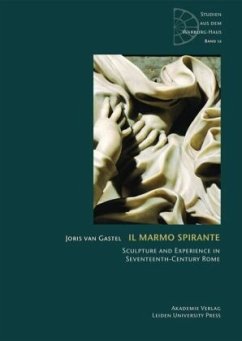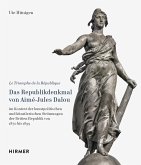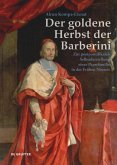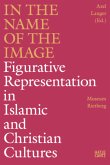The sculptors of the Roman Baroque, including masters such as Gian Lorenzo Bernini, Alessandro Algardi, and Giuliano Finelli, managed to achieve an unprecedented vivaciousness in their works. And yet, the apparent life of these sculptures is persistently obscured by their materiality. Soft, undulating flesh, dramatic movements, and fluttering draperies are captured in hard and lifeless marble. Thus, sculpture challenges the beholder, is cause for confusion or frustration. Taking the manner in which the beholder's engagement with sculpture is played out in contemporary poetry and other sources as a point of departure and also introducing ideas from modern-day psychology, this study explores the various ways contemporary viewers dealt with sculpture's double character. As a result, a new light is shed on some of the unquestionable masterpieces of European art. Die Bildhauer des römischen Barock, darunter Meister wie Gian Lorenzo Bernini, Alessandro Algardi und Giuliano Finelli, erreichten eine beispiellose Lebendigkeit ihrer Werke. Dem augenscheinlichen Leben widerspricht jedoch beharrlich die harte Materialität dieser Skulpturen. Weiches, bewegtes Fleisch, dramatische Bewegungen und flatternde Stoffe sind in hartem, leblosem Marmor gefangen. So fordert die Skulptur den Betrachter heraus und sorgt für Verwirrung oder auch Enttäuschung. Anhand zeitgenössischer Poesie und anderer Quellen,welche die Interaktion zwischen Betrachter und Skulptur reflektieren, untersucht diese Studie, wie Zeitgenossen mit diesem Doppelcharakter der Skulptur umgingen. Dabei werden auch Ansätze der modernen Psychologie miteinbezogen. Das Ergebnis ist ein neuer Zugang zu einigen der höchstgeschätzten Meisterwerke europäischer Kunst.






